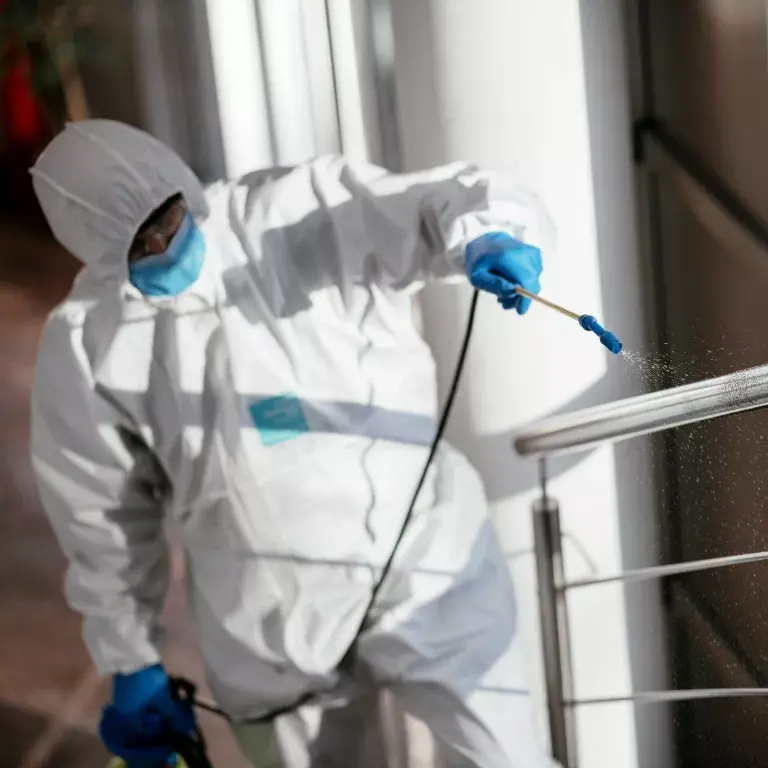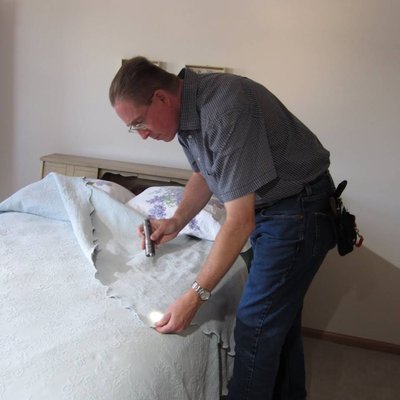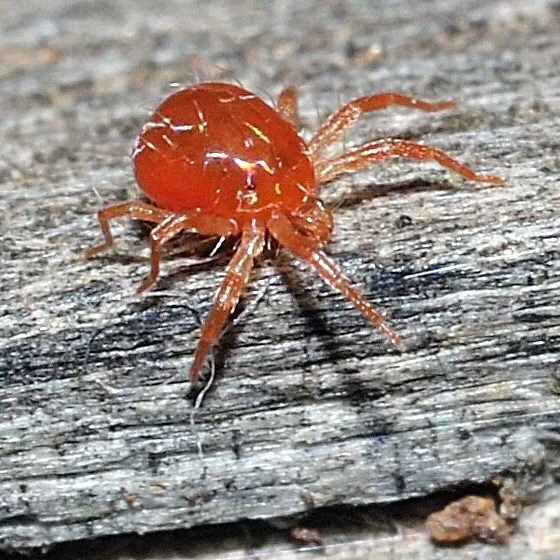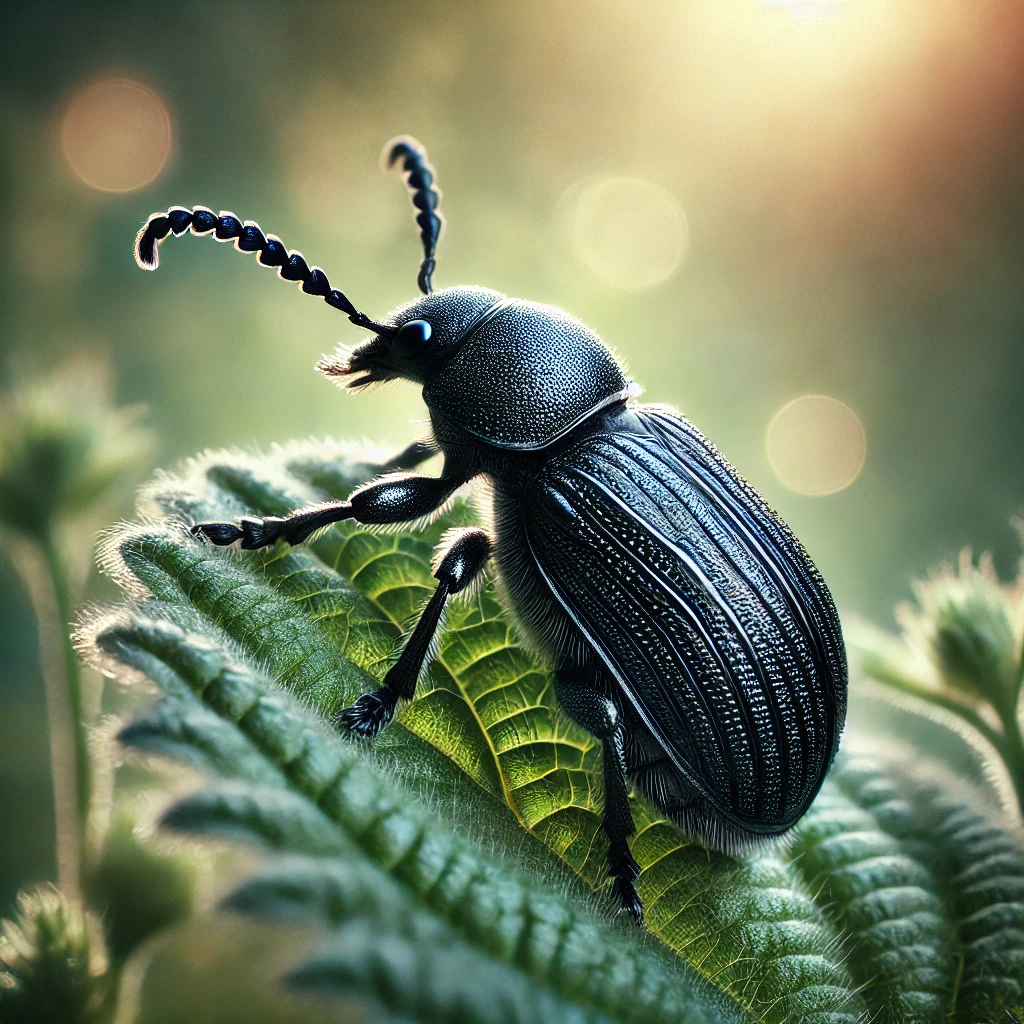
House beetles
House beetles are small insects that often make their way into homes in search of food, warmth, or shelter. These beetles vary in size, color, and behavior depending on the species.
Types of beetles
There are thousands of beetle species, but some of the most common ones found in homes include carpet beetles, ground beetles, powderpost beetles, and flour beetles.
House beetle
The term “house beetle” generally refers to any beetle commonly found indoors. While not all house beetles are harmful, some may damage fabrics, wood, or food items.
Common house beetles
Common house beetles include the carpet beetle, larder beetle, and cigarette beetle. These insects thrive in dark, undisturbed areas and feed on organic materials.
Do Beetles Bite or Harm Humans?
Does beetles bite
Grammatically, it’s “do beetles bite,” and yes, some species can bite. However, bites are rare and usually not dangerous.
Do beetles bite
Most beetles do not bite humans. Some large species may pinch when handled, but they don’t typically seek out people to bite.
Can beetles bite
Technically, yes. Some beetles have mandibles and can bite, but this is not common behavior in indoor beetles.
Are beetles dangerous
Most house beetles are not dangerous to humans. However, they can contaminate food or damage property, which makes them a nuisance.
Are ground beetles Dangerous
Ground beetles may look intimidating, but they’re harmless. They don’t bite or spread disease and actually help control other insect populations.
Are beetles harmful
Beetles are usually more of a nuisance than a health threat. Still, some species can damage wood, fabric, or stored food.
Are black beetles Dangerous
Black beetles, like the ground beetle or carpet beetle, are not dangerous. They’re more annoying than harmful, but infestations should be addressed.
Beetles Found Inside Homes
Household beetles
Household beetles thrive in places like basements, attics, and pantries. They can feed on everything from dried food to wool.
Beetles in home
Seeing beetles in your home is not unusual, especially during seasonal changes. Proper sealing and cleanliness can help prevent them.
Beetles inside house
Beetles may come inside through cracks, windows, or vents. They’re attracted to lights, food crumbs, and warm environments.
Beetles in your home
To keep beetles out of your home, check for moisture issues, clean regularly, and store food in sealed containers.
Beetle in house
If you find a beetle in the house, identify it to determine if it’s harmless or potentially damaging, then decide whether professional pest control is needed.
Beetle inside house
A lone beetle might not be a big concern, but frequent sightings could indicate an infestation.
House beetle bugs
“House beetle bugs” refer to any beetles that commonly invade living spaces. While some are benign, others may require attention.
Types & Colors of Beetles in the House
Brown beetle in house
Brown beetles could be carpet beetles or drugstore beetles. Identifying the exact type helps in controlling them.
House beetles brown
Brown house beetles are often mistaken for cockroaches. A closer look usually reveals their beetle-like shell and antennae.
Black beetle in home
Black beetles may be ground beetles or pantry pests. They’re usually found near entry points or in dark corners.
White beetle
White beetles are rare and could indicate larval stages of certain beetles. These should be removed quickly to prevent hatching.
White beetle
Again, a white beetle is likely in its early stage or a unique species. Professional identification may be needed.
Small brown beetle in House
These are often confused with bed bugs but are usually carpet beetles. They feed on fabric, pet hair, and organic debris.
Brown beetle house
If your house has recurring brown beetles, check for dry food spills and wool fabrics, their common targets.
Little black beetle in House
These beetles are often flour beetles or ground beetles, attracted by stored foods or moisture.
Size & Appearance of House Beetles
Small beetles in House
Small beetles are often found in kitchens or closets. They can multiply quickly if not handled early.
Mini Beetles in the House
Tiny beetles in the home may look harmless but could signal a larger infestation behind walls or furniture.
Tiny beetle in House
Even tiny beetles can do damage. Look for larvae in food packages or textile materials.
Tiny beetles in House
Watch out for clusters of tiny beetles near windowsills or baseboards—these could be signs of an entry point.
Very small beetle in House
If you’re spotting very small beetles, try vacuuming regularly and sealing up any cracks or entryways.
Small beetle in House
The key to controlling small beetles is cleanliness and vigilance—remove their food sources.
Small beetle bugs in House
Even small beetles can cause big headaches. A consistent cleaning routine is essential to get rid of them.
Small beetle
Don’t overlook the small beetle. Some of the tiniest species can do the most damage if left untreated.
Types & Movement Behavior
Jumping beetle in House
Some beetles may appear to “jump” due to their quick legs or spring-loaded movements. These are usually harmless but surprising.
Ground beetle in House
Ground beetles may wander inside by mistake. They’re more common near basements and foundation cracks.
Beetles Bug
“Beetles bug” is a casual term referring to the annoyance beetles can cause—whether crawling, flying, or appearing in unexpected places.
Visual Identification of Beetles
Beetle Common
The most common beetles include carpet beetles, flour beetles, and ground beetles. Knowing which one you’re dealing with is key.
What does a beetle look like
Beetles usually have a hard shell, six legs, and antennae. Colors and sizes vary widely by species.
Beetle images
Images of beetles can help identify the pest you’re dealing with. Online pest control sites or local extension offices are good resources.
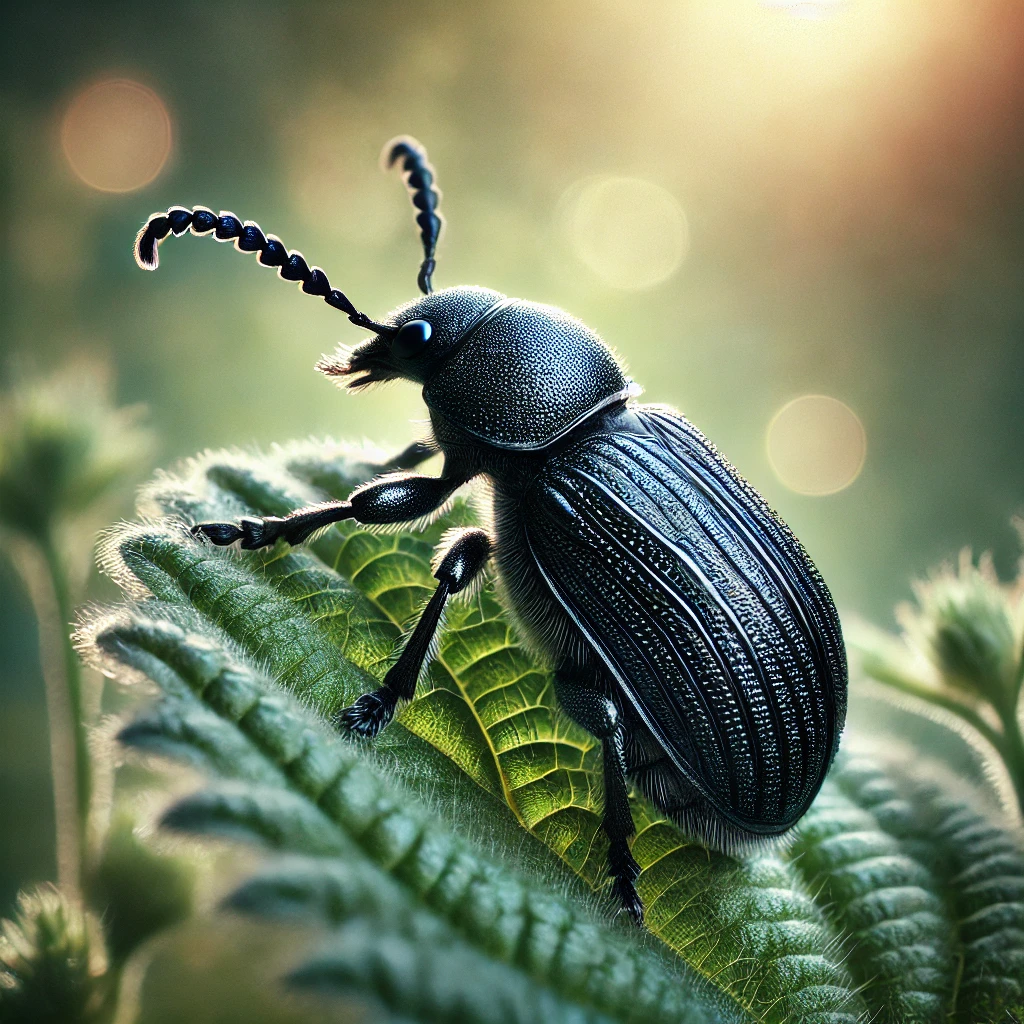
Insect beetle images

Beetle pics for your information need help Contact BP pest control professional for help.
